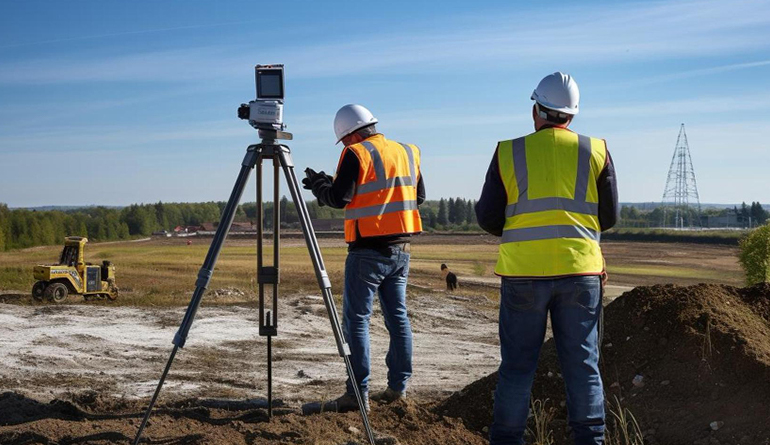
Site Planning Survey
Site planning surveys are essential for various purposes, from construction projects to environmental assessments. Here’s a basic outline of what such a survey might entail:
Site Identification: Begin by identifying the location of the site. This includes its address, coordinates, and any relevant landmarks or neighboring properties.
Physical Characteristics: Describe the physical features of the site. This could include its size, topography, soil type, vegetation, and any existing structures or infrastructure.
Environmental Factors: Assess any environmental factors that could impact the site, such as nearby water bodies, wetlands, protected habitats, or geological hazards.
Accessibility and Infrastructure: Evaluate the accessibility of the site, including road access, public transportation, and utilities such as water, electricity, and sewage.
Regulatory Considerations: Identify any zoning regulations, building codes, environmental regulations, or other legal requirements that may affect the use or development of the site.
Stakeholder Analysis: Consider the interests and concerns of stakeholders, including local residents, businesses, government agencies, and community organizations.
Site Constraints and Opportunities: Identify any constraints or limitations on the site, such as easements, flood zones, or cultural heritage sites, as well as any opportunities for development or improvement.
Survey Methods: Describe the methods used to gather data for the survey, such as field observations, aerial imagery, GIS analysis, or interviews with stakeholders.
Data Analysis: Analyze the collected data to identify key findings, trends, and patterns that may influence the planning and design of the site.
Recommendations: Based on the survey findings, make recommendations for how the site should be developed, managed, or preserved in accordance with the project goals and objectives.
Documentation and Reporting: Prepare a comprehensive report documenting the survey findings, analysis, and recommendations, including maps, photographs, and other relevant information.
Review and Approval: Present the survey report to relevant stakeholders for review and approval, making any necessary revisions based on feedback before finalizing the document.

